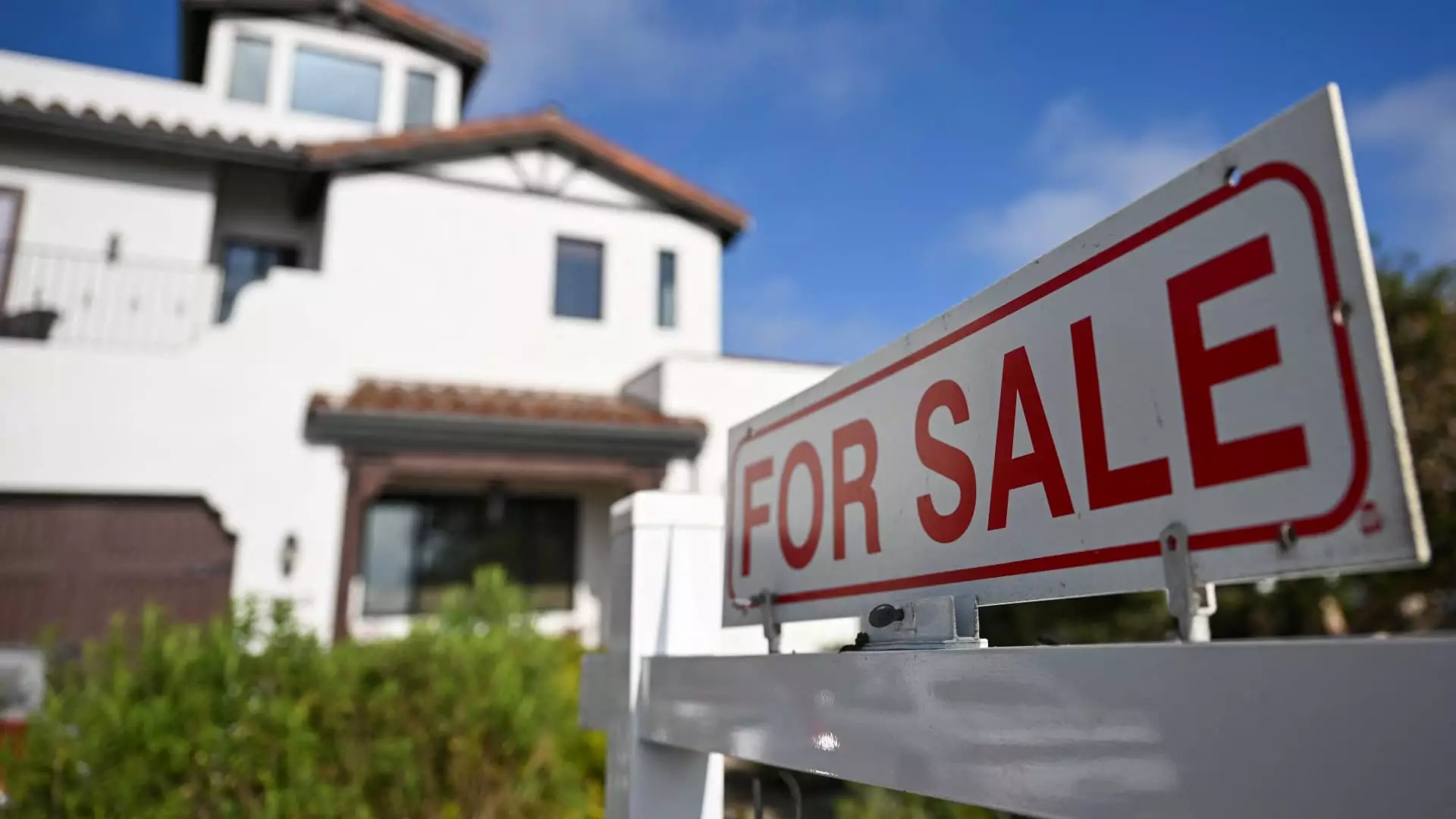The housing market is currently grappling with a significant shift as mortgage rates experience an unexpected spike, impacting the interest of both prospective homebuyers and current homeowners. Recent data from the Mortgage Bankers Association reveals a substantial decline in mortgage application volume, which dropped by 5.1% over the last week. This dip in demand serves as a direct correlation to the rising interest rates, which have escalated to the highest levels seen since August.
For 30-year fixed-rate mortgages with conforming loan balances under $766,550, the average interest rate climbed from 6.14% to 6.36%. As borrowers must adapt to increased financial burdens, there is a growing concern regarding affordability, especially for first-time buyers. The uptick in mortgage rates also raised points from 0.61 to 0.62, suggesting that lenders are adjusting their pricing structures in tandem with market changes.
Economic indicators have played a crucial role in this shift. A robust employment report released last week fueled expectations of higher interest rates, causing a ripple effect across the housing sector. Mike Fratantoni, the chief economist at the Mortgage Bankers Association, noted that stronger economic data has directly influenced rate movements, suggesting that broader economic health is intricately linked to housing affordability.
Another segment of the mortgage market that has faced a downturn is refinancing. After months of steady growth in refinance applications, the recent uptick in interest rates resulted in a 9% decrease in refinancing activity week over week. Despite this decline, current figures show refinancing applications remain substantially higher—up 159%—compared to the same week one year ago. The surge reflects how lower borrowing costs from the previous year drove refinances, but as the rates rise, potential borrowers are reevaluating their positions.
The dynamics of conventional loan refinances are also shifting. Typically characterized by larger loan amounts that are often more susceptible to interest rate fluctuations, conventional refinances have experienced a sharper decline than government-backed loans. This sensitivity to rate changes highlights the evolving landscape of the mortgage market and the necessity for borrowers to continually assess their financial options.
Despite the retreat in mortgage applications, the demand for home purchases has shown resilience. Comparing week-over-week figures reveals that purchase applications have merely dipped by 0.1%, while year-over-year statistics indicate an 8% growth in demand. This suggests that although higher mortgage rates pose challenges, the underlying demand for housing persists, driven partly by demographic trends and ongoing economic recovery.
Looking ahead, experts remain cautious about the potential for future decreases in mortgage rates, noting that without compelling economic data to reverse the current trend, borrowers may have to navigate a challenging financial landscape. Matthew Graham from Mortgage News Daily emphasized that while the frantic increases may have plateaued, sustained downward pressure on rates will depend on forthcoming economic indicators.
As mortgage rates rise and application volumes wane, the housing market must navigate through a complex interplay of economic data, buyer demand, and inventory levels. The ability of potential homebuyers to adapt to these changing conditions will ultimately shape the health and direction of the housing market in the months to come.

